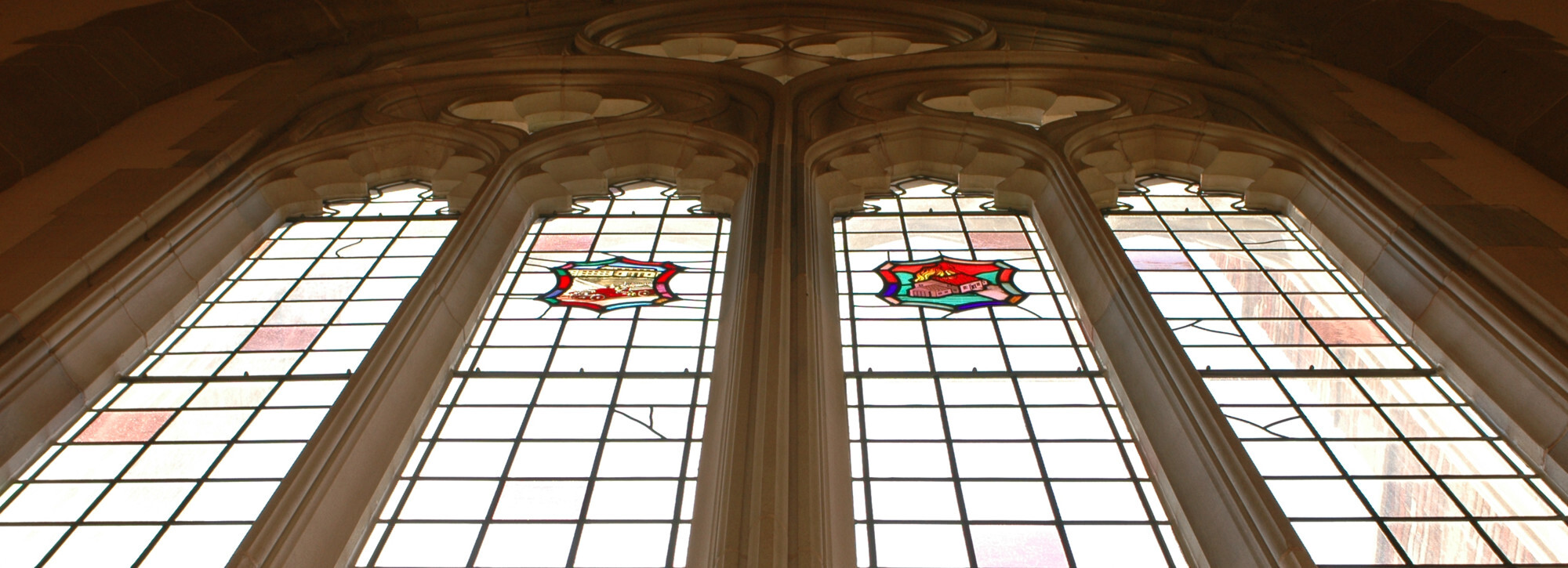Origins of Yale Law School
The origins of Yale Law School trace to the earliest days of the 19th century when law was learned by clerking as an apprentice in a lawyer’s office. The first law schools, including the one that became Yale, developed out of this apprenticeship system and grew up inside law offices.
The future Yale Law School formed in the office of a New Haven, Connecticut, practitioner, Seth Staples. Staples owned an exceptional library (an attraction for students at a time when law books were scarce), and he began training apprentices in the early 1800s.
By the 1810s, his law office had a full-fledged law school. Samuel Hitchcock, one of Staples’ former students, became a partner at the office and later, the proprietor of the New Haven Law School.



